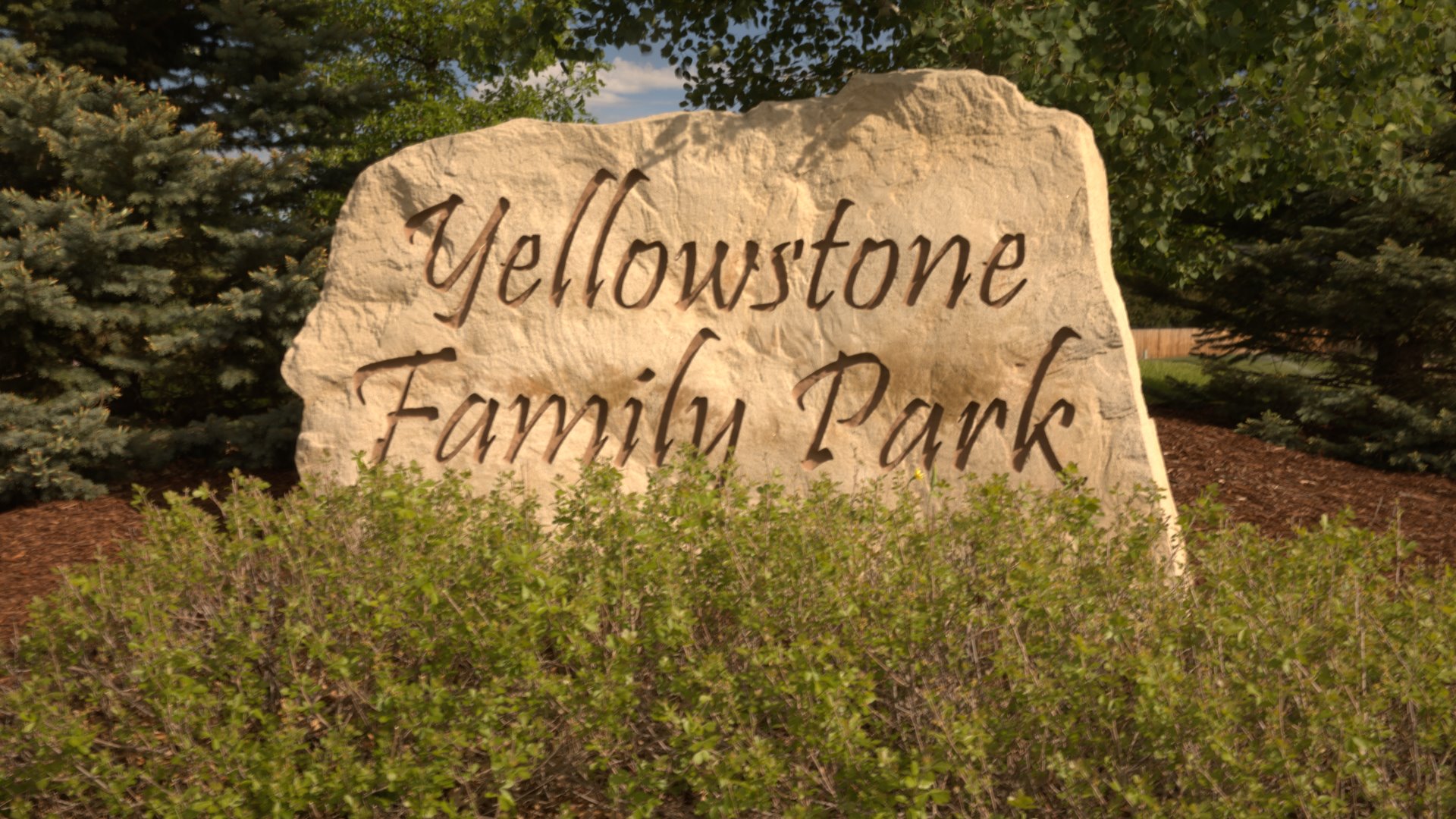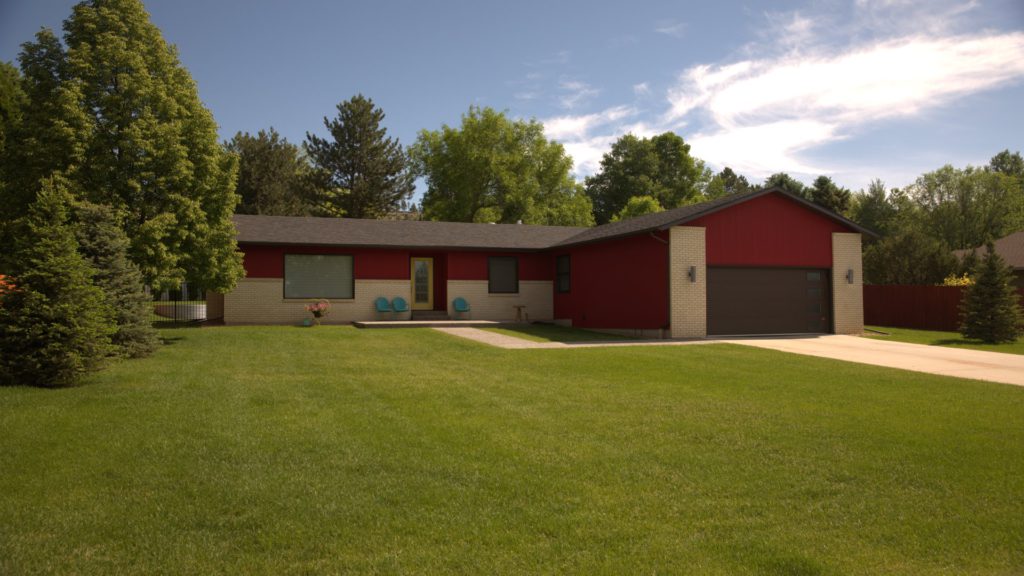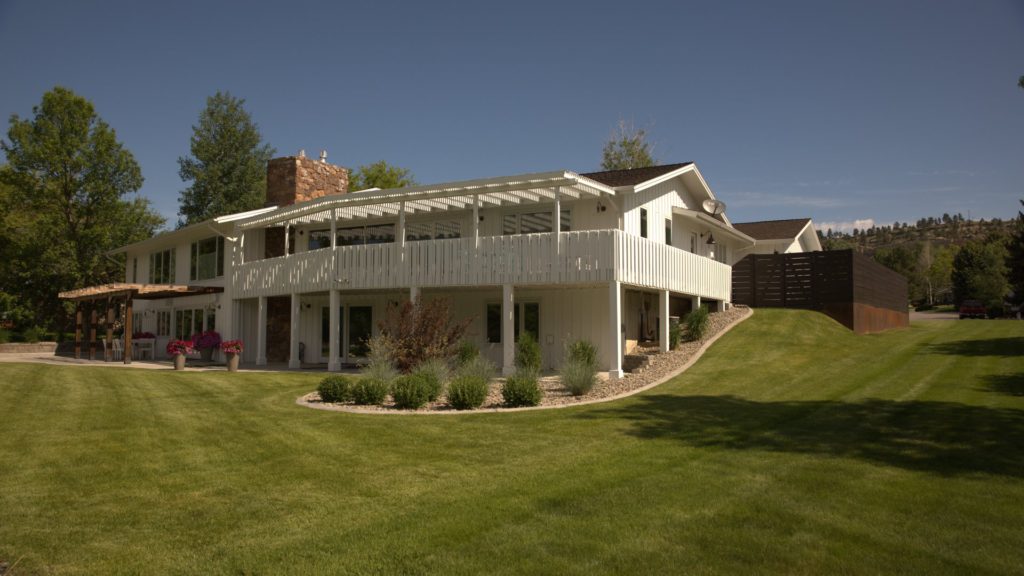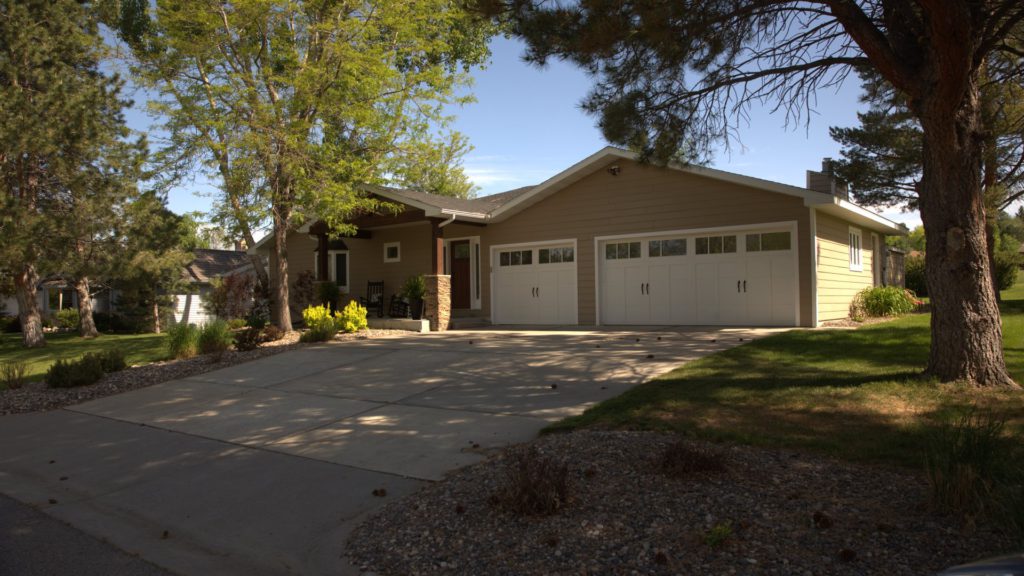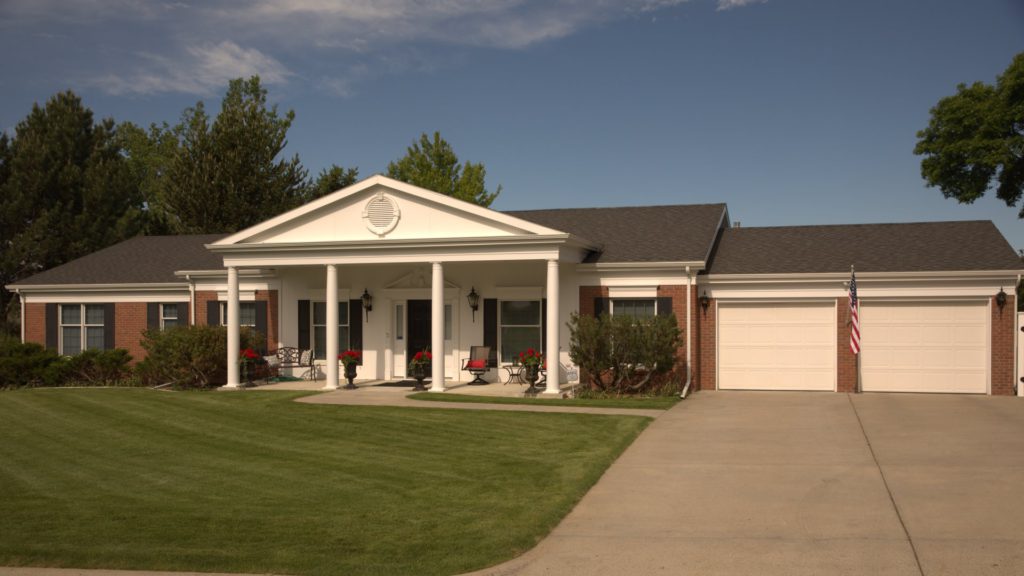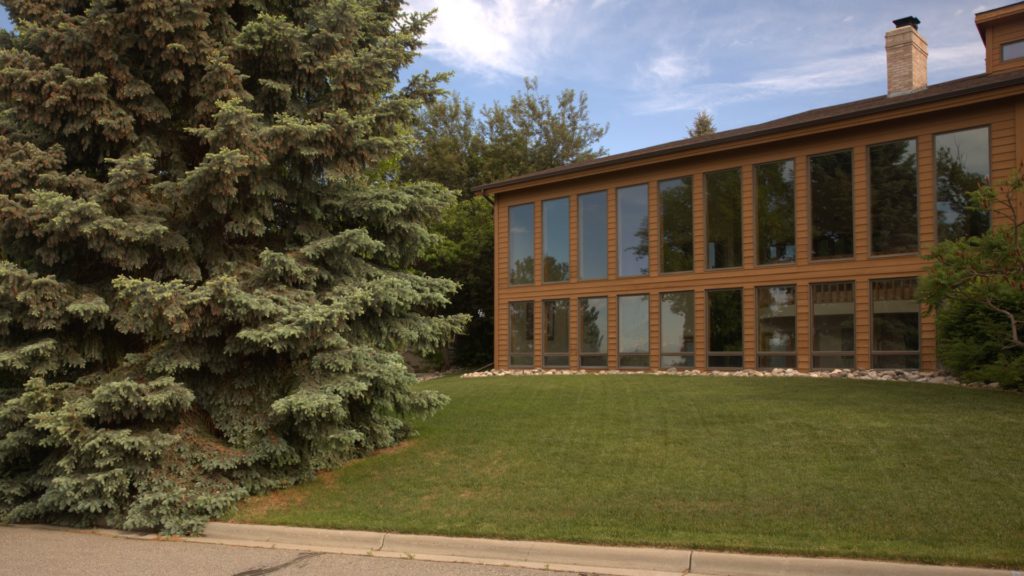The development of Yellowstone Club Estates into the premier subdivision in Billings has evolved over the last 50 years. YCE provides a mature neighborhood setting with a diverse mix of new and old architecture all built to the covenants of the subdivision. The tree-lined streets and gently-sloping hills are usually filled with homeowners and their children and grandchildren walking and biking within this serene setting.
Adjacent to nationally renowned Yellowstone Country Club, homeowners are within walking distance or a short drive to the 18-hole championship golf course, tennis courts, swimming pool, and clubhouse/social functions. YCE is located near the end of the bike path at 54th Street and Rimrock Road providing access to the Billings Bike & Walking Trail system.
The 2011 approval and development of the Yellowstone Family Park situated on 4.1 acres at the entrance of the subdivision represent another positive step for improving YCE. Originally designed as Byron Nelson Park in 1960, this field sat vacant despite numerous attempts to design and build a neighborhood park. The YCEOA unanimously approved exploring the development of this land into a park at the 2010 Annual Meeting. Renamed Yellowstone Family Park, the amenities include a covered picnic shelter, large grass areas, enriched play areas for children, basketball court and sledding hill to name a few.
YCC & YCE History
Set below the beautiful sandstone rimrocks of Billings sat a unique nine-hole golf course with a very simple clubhouse referred to as the “little brown shack.” It was established in 1914 and called the Billings Golf and Country Club. A second nine holes of golf was added during the First World War and later abandoned. The club exchanged hands a number of times once selling for $12,000. One of the owners, Mr. Turner, made some significant updates to the clubhouse. In spite of its distance from town, it became known as quite the place to party. In 1941, the Billings Club as it was then known, became somewhat famous after a national detective magazine report. The magazine reported on a mysterious woman who was a key witness in the murder trial of two men convicted of murdering Mr. Turner at the club in December 1940.
Members of the Billings Club assumed ownership in 1948 and the club entered a new chapter in its history. The member owners began initial consideration of a new golf course and country club site in 1954. In 1955, the membership authorized the Board of Directors to sell the old site and clubhouse and build a new facility. In April of 1956, 30 acres of the old site was sold for development and clubhouse indebtedness of $55,000 was retired. A fire consumed the clubhouse on August 3, 1956 and was rumored to be very “convenient.”
Moving west in the valley, a long way from town and again below the rimrocks, the present site of 630 acres was purchased. Robert Trent Jones was hired as the golf course architect and the golf course construction began in April 1957. The official opening of the pool took place in July 1958 followed later by the golf course. The clubhouse opened in December 1958. The Yellowstone Country Club had then become the region’s most prestigious country club and golf course.
Yellowstone Club Estates was developed in conjunction with the opening of YCC and the first home sites were sold and developed.
Fifty years later, the YCC has seen more than 2,000 members. Of the original 630 acres, 195 acres comprise the current 18 holes with irrigation on 170 acres. Seventy five acres are owned for an additional 9 holes of golf and the remaining acres have been developed with about 400 homes. Robert Trent Jones laid out a fair, fun and challenging golf course with 93 traps. Yellowstone Country Club has (or had) many of the design features that would become Trent Jones hallmarks: large, undulating greens that offer a host of pin positions, expansive tees that permit numerous setups, unobtrusive hazards and a fanatical devotion to preserving the land’s natural beauty. Outstanding vistas surround the course providing an inspiring backdrop for the game of golf. Trees which appeared nonexistent in 1958 now complete the course challenging golfers, framing the landscape, and shading and protecting the course.
Robert Trent Jones philosophy of design includes holes of “difficult par” and “easy bogey.” Consistent with this philosophy, YCC is fun to play for all skill levels. The course judiciously punishes bad shots and rewards good shots and while providing a stiff test for the expert, it does not break the spirit of the average golfer.
During the last 30 years strong and supportive club membership has resulted in many course and facility improvements. A bunker renovation project, taking the 93 bunkers to 73 bunkers, was finished in 1993. Following was a near complete replacement of the Trent Jones runway style tees. Various other improvements include cart paths, ditch walls, flood control, additional practice areas and clubhouse landscaping. At a total cost of $1.8 million the project was completed in June 2007 and includes 1,420 single control heads, a new pump house, and miles of main and lateral water lines. Most recently, of course, was the demolition of the 1958 clubhouse and new construction of the current clubhouse in 2019. The swimming pool and tennis courts were also replaced and there was an addition of a new pickleball court.
